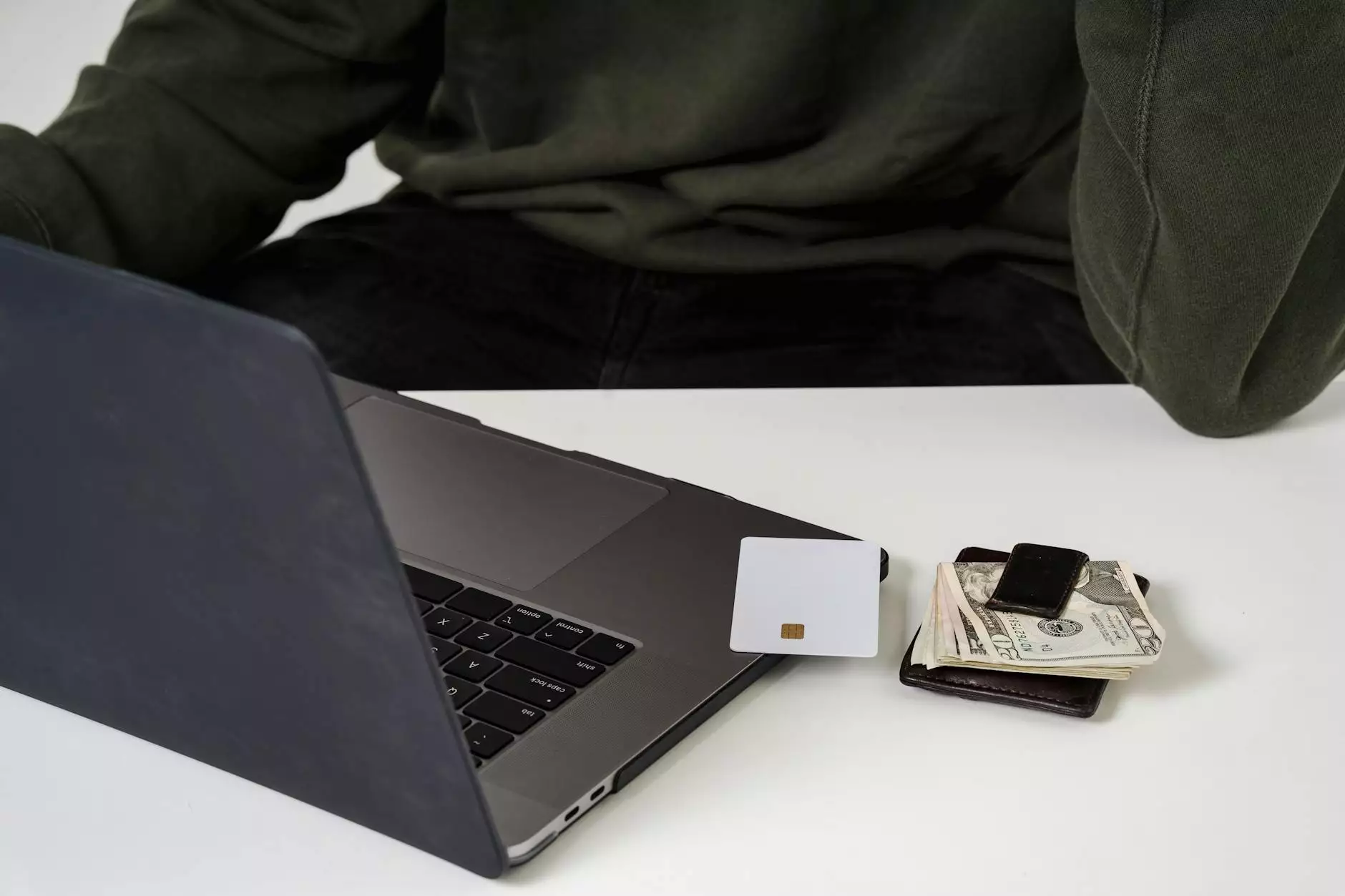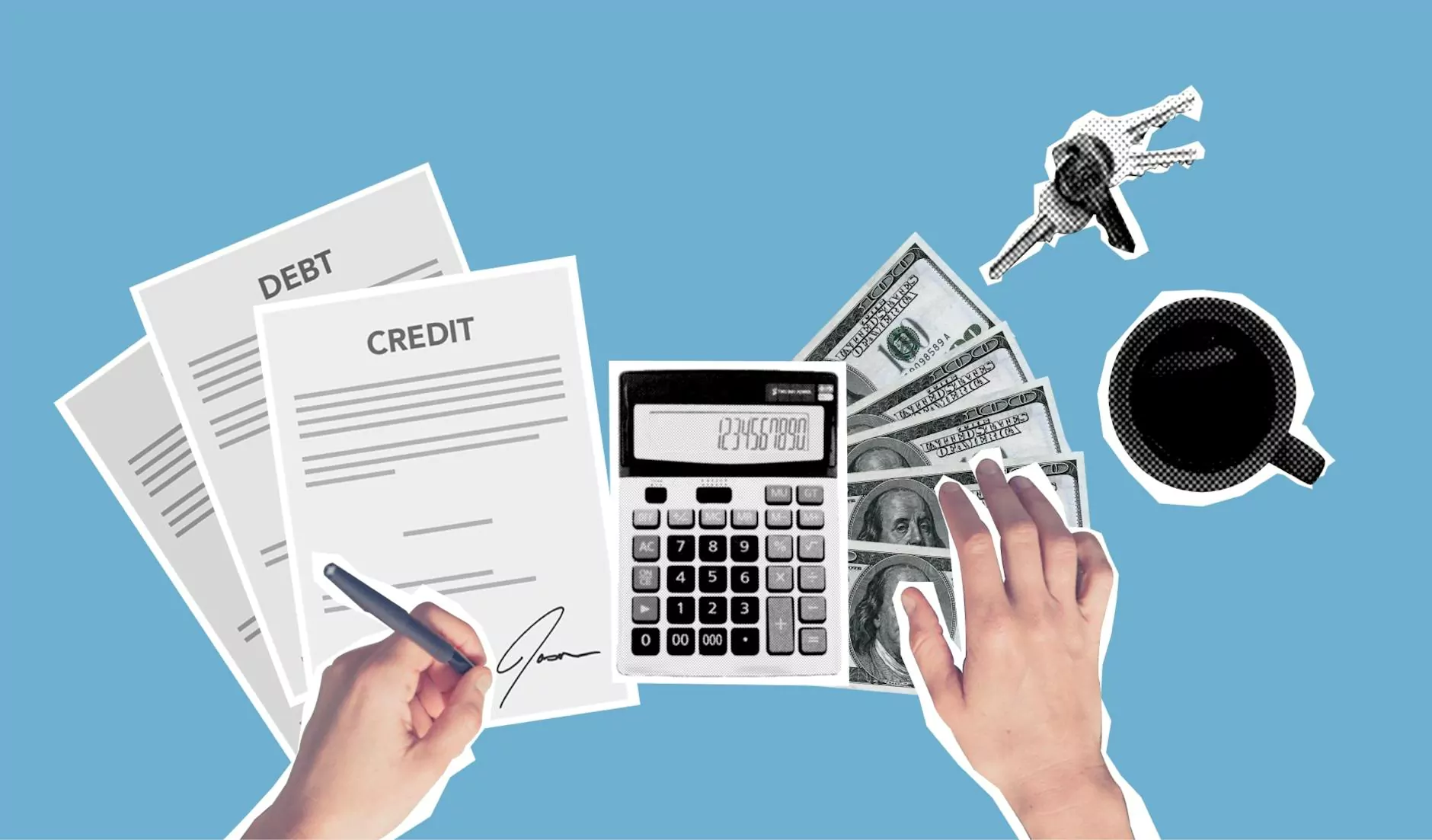How to Locate and Correct Errors on Your Credit Report

Welcome to Social Service of America, your trusted resource for community and society related information. In this blog post, we will provide you with invaluable insights on how to locate and correct errors on your credit report. As a reputable philanthropic organization, we understand the importance of financial well-being and endeavor to assist individuals in achieving financial stability.
Understanding the Importance of Accurate Credit Reports
Having an accurate credit report is crucial for individuals as it directly impacts their financial health. Lenders, employers, and even landlords rely on credit reports to assess creditworthiness and make informed decisions. However, credit report errors are not uncommon and can affect your ability to secure loans, obtain credit cards, or even rent an apartment.
Step-by-Step Guide to Locating and Correcting Credit Report Errors
To assist you in rectifying errors on your credit report, we have curated a comprehensive step-by-step guide:
1. Obtain Your Credit Reports
The first step in correcting errors on your credit report is to obtain copies of your credit reports from all three major credit bureaus – Equifax, Experian, and TransUnion. You are entitled to a free copy of your credit report annually, which can be requested through the official Annual Credit Report website.
2. Review Your Credit Reports Thoroughly
Once you have obtained your credit reports, carefully review each one for any inaccuracies or discrepancies. Pay close attention to personal information, account details, payment history, and any negative remarks that may have been erroneously reported.
3. Document the Errors
Make a list or take notes of any errors you identify on your credit reports. It is essential to have a clear record of all discrepancies to facilitate the dispute process later. Ensure you include relevant details such as the creditor's name, account number, and the specific error you wish to dispute.
4. Initiate Dispute Process
Each credit bureau has its own dispute process, which typically involves submitting a formal dispute letter outlining the errors you identified. You can find templates for dispute letters on the credit bureau websites or utilize our credit report error dispute letter generator tool for added convenience.
5. Follow Up and Document Correspondence
Once you have initiated the dispute process, it is crucial to stay proactive. Keep records of all correspondence with the credit bureaus and other entities involved. Retain copies of dispute letters, emails, and any relevant documentation to build a strong case.
6. Monitor Your Credit Reports
While your dispute is being processed, closely monitor your credit reports for any updates or changes. Credit bureaus are legally obligated to investigate disputes within a specific timeframe and update your credit report accordingly.
7. Evaluate the Resolution
After the investigation is complete, carefully evaluate the resolution provided by the credit bureaus. If the errors have been rectified, ensure they no longer appear on your credit reports. If the errors persist or you are dissatisfied with the outcome, consider seeking legal advice to further address the matter.
The Impact of Correcting Credit Report Errors
Correcting errors on your credit report can have a significant impact on your overall financial well-being. By ensuring accuracy and fairness in your credit report, you enhance your creditworthiness and increase your chances of securing favorable interest rates, loan approvals, and employment opportunities.
Conclusion
At Social Service of America, we understand the importance of a flawless credit report. By following our comprehensive guide on how to locate and correct errors on your credit report, you are taking a proactive step towards improving your financial future. Remember, accuracy and attention to detail are paramount when it comes to your creditworthiness.









